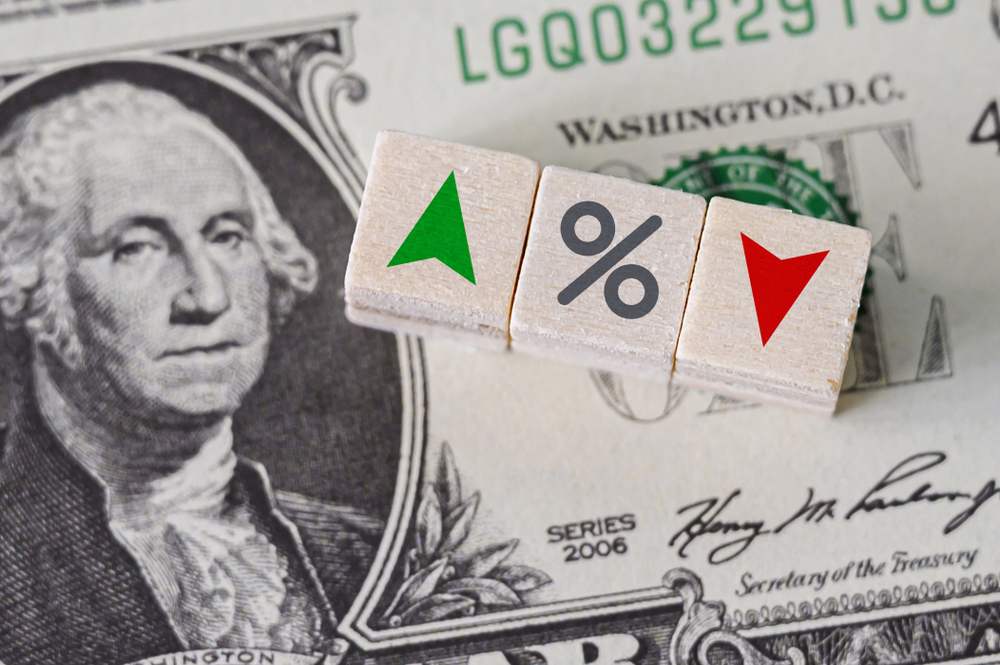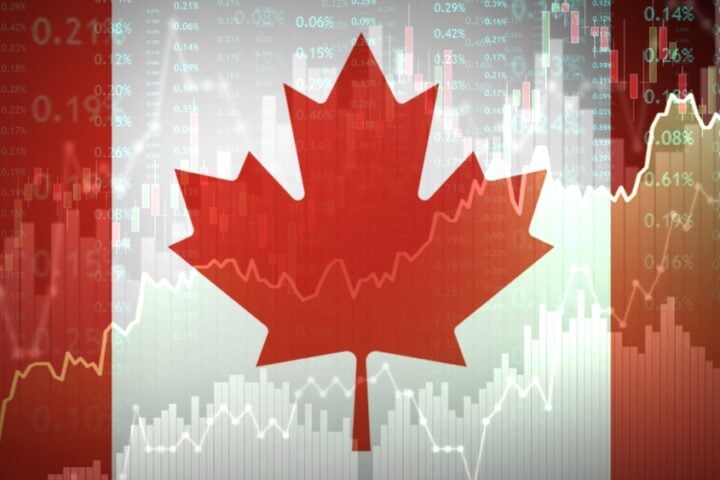Prices in November saw little movement, according to the Commerce Department’s personal consumption expenditures (PCE) price index, but inflation remains above the Federal Reserve’s 2% annual target. The report, released Friday, offers mixed signals on the economy as the Fed takes a cautious approach to interest rate policy heading into 2025.
Inflation Moderates but Stays Elevated
The PCE price index, which the Fed uses to gauge inflation, rose just 0.1% in November from October. On a year-over-year basis, prices increased 2.4%, slightly lower than the expected 2.5% but still above the central bank’s 2% goal.
Excluding the volatile food and energy categories, core PCE also rose 0.1% month-over-month and 2.8% annually, both readings coming in marginally below expectations. Core inflation is considered a better measure of long-term trends, and its annual rate remained steady compared to October.
Goods prices showed little change, while services prices increased by 0.2%. On a yearly basis, goods prices dropped 0.4%, but services climbed 3.8%. Food prices rose 1.4%, while energy prices fell 4%.
One notable shift was in housing inflation, historically a persistent driver of higher costs, which increased just 0.2% in November, signaling potential cooling in this sticky category.
Income and Spending Miss Expectations
Consumer spending and personal income also grew at slower rates than forecasted.
- Personal Income: Rose 0.3%, falling short of the 0.4% estimate and well below October’s 0.7% jump.
- Personal Spending: Increased 0.4%, missing the 0.5% forecast.
Meanwhile, the personal saving rate declined slightly to 4.4%, indicating that consumers are dipping into savings to sustain spending amid high costs.
Market Reaction and Expert Insight
Stock futures and Treasury yields fell following the report, reflecting investor uncertainty.
“Sticky inflation appeared to be a little less stuck this morning,” said Chris Larkin, managing director of trading and investing at E-Trade Morgan Stanley. “The Fed’s preferred inflation gauge came in lower than expected, which may take some of the sting out of the market’s disappointment with the Fed’s interest rate announcement on Wednesday.”
The report arrives just two days after the Fed cut its benchmark interest rate by a quarter percentage point to a target range of 4.25%-4.5%, its lowest level in two years.
Fed’s Cautious Outlook
Despite progress in lowering inflation, Fed Chair Jerome Powell emphasized caution, reducing the 2025 forecast to just two rate cuts from the four previously projected in September. Powell reiterated that while inflation has moved closer to the Fed’s target, uncertainty about its trajectory requires a measured approach.
“It’s kind of common sense thinking that when the path is uncertain you go a little bit slower,” Powell said. “It’s not unlike driving on a foggy night or walking into a dark room full of furniture. You just slow down.”
Looking Ahead
With inflation moderating but still elevated, and spending growth slowing, the U.S. economy is at a crossroads as 2025 approaches. The Fed’s next moves will hinge on how inflation trends evolve and whether the economy continues to show resilience amid higher interest rates.







